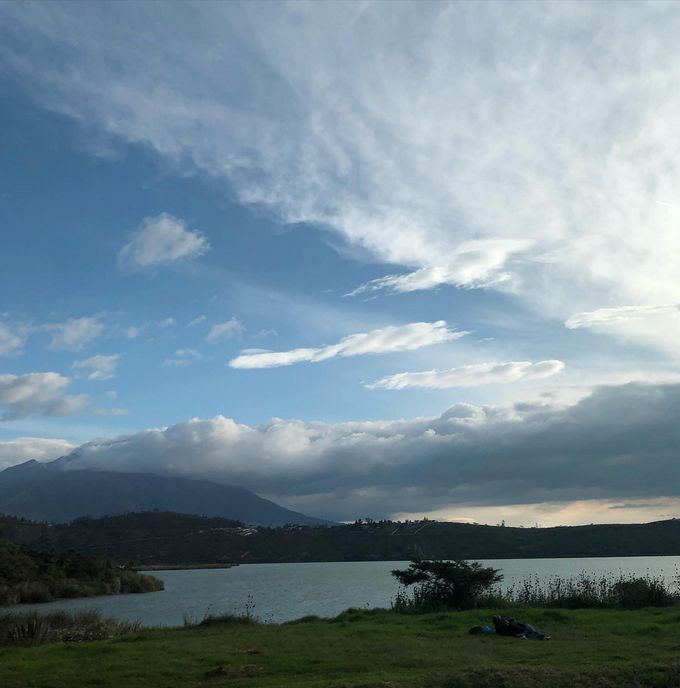
My experience in setting up a COIL
For a long time, I had been thinking about teaching my class using a COIL (Collaborative Online International Learning) module. I’d read about its potential to bring international experiences into the classroom and liked the ideas of reciprocity, cultural exchange, and shared learning outcomes – all possible for students who may not be able to travel. I took the course to be officially in the capacity to organize a COIL somewhere during the pandemic, but nothing ever came of it. But for a while, it remained just that: an idea.
My biggest hurdle was that couldn’t find a course at another institution that aligned closely enough with mine to develop a coherent activity for the students. I looked at the lists from our partner universities, and nothing seemed to match at all. I didn’t want to force a collaboration that would feel disconnected or superficial. So the idea stayed on the shelf, waiting for the right opportunity.
Eventually, the opportunity resurfaced during my research trip to Chile, as I had listed possibilities for institutional collaborations between the universities, which I discussed with my colleague. Our courses are not identical, but there is enough overlap to not only design a shared module, but have activities almost the entire semester long.
Once my colleague agreed to collaborate, we began having a series of meetings with the international office at my university. I filled out the (digital) paperwork to have my course officially listed as a COIL course. More importantly, we were lucky to work with a COIL specialist who guided us through the practicalities. She provided us with templates to fill out: covering everything from the cultural context of each institution to proposed activities, contact methods, and planning logistics. These tools helped us align our expectations and design a collaboration aligned with our universities and teaching schedules.
One of the more adventurous parts of our COIL was the decision to give the students the same midterm exam. This required care in aligning our teaching content and expectations, but it also brought a strong sense of parity to the collaboration: the students weren’t just participating in parallel; they were fully embedded in a shared academic experience. Moreover, we both graded both sets of exams and learned a lot from comparing our grading (and running stats over it).
Setting up a COIL takes more time and preparation than teaching my course again for another semester. The process demands time, coordination, and mutual trust, a willingness to experiment. More than anything, this experience reminded me that internationalization doesn’t always require plane tickets or long exchanges (which is a good reminder, now that I am out of funding and won’t be traveling much). Sometimes, all it takes is a good idea, a willing partner, and a bit of scaffolding to create something truly global, right from the classroom.
Have you used a COIL module in your class? What was your experience?



